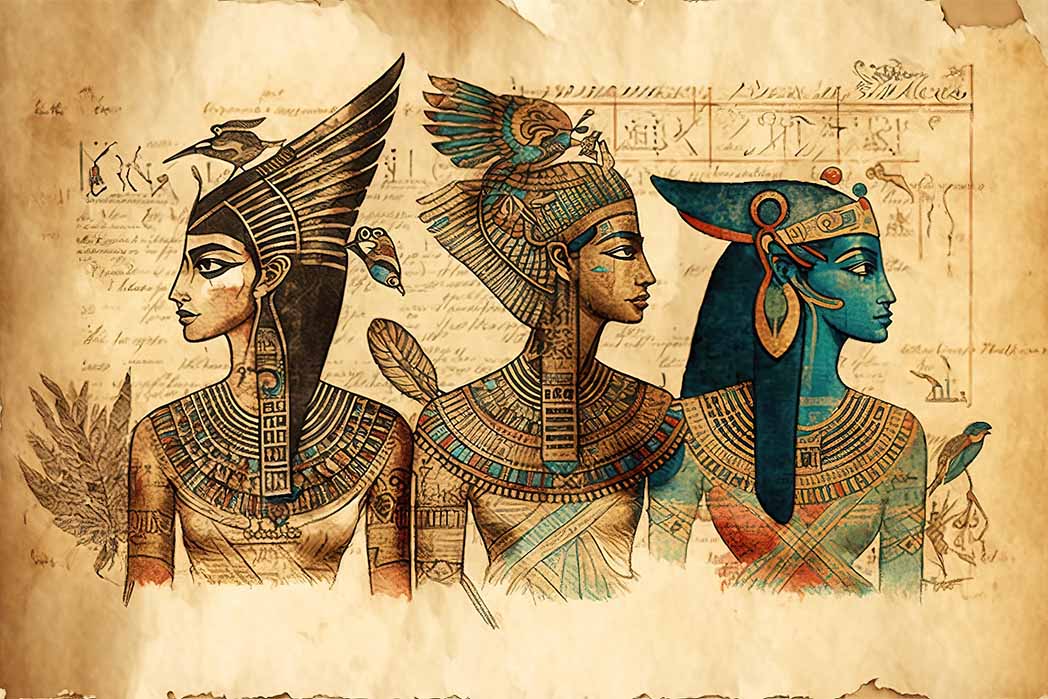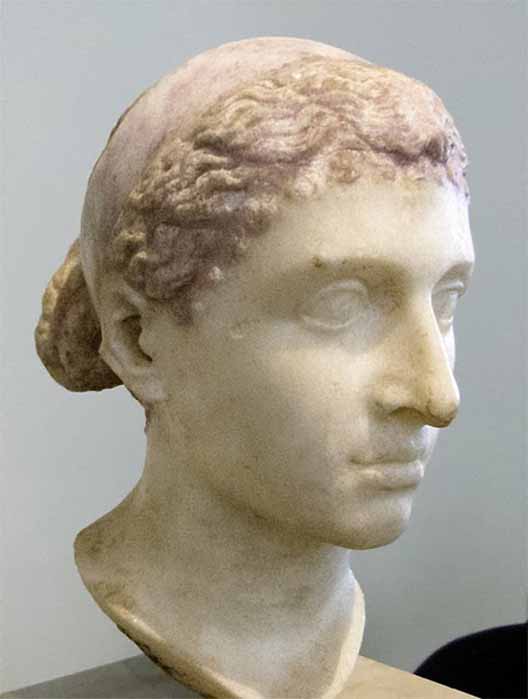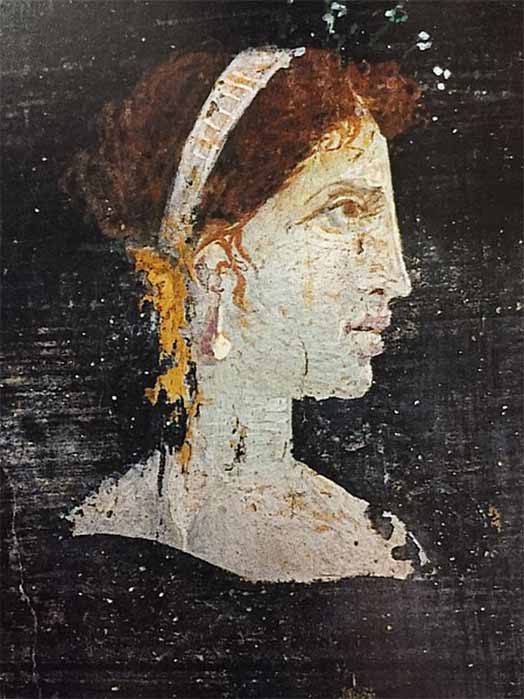
Egypt’s Famous Female Pharaohs And Not-So-Famous Female Rulers Resurrected
Cleopatra, Nefertiti, Hatshepsut are all ancient Egyptian female rulers, immortalized in films, in books, and on television. They celebrate the great achievements of powerful women in history who rose above predominantly patriarchal societies to become leaders of what was arguably the greatest empire of the ancient world. Each bore royal titles signifying their dominion over both Upper and Lower Egypt, a vast kingdom that at times stretched from the Mediterranean Sea in the north to the limits of Palestine-Syria in the east and ancient Nubia, modern-day Sudan, in the south.

A Roman sculpture of Cleopatra VII wearing a royal diadem, (mid-first century BC) Altes Museum, Berlin (Public Domain)
The Character of Cleopatra
Very few people will not know the story of Cleopatra with her charismatic and highly intellectual personality, her penchant for entertainment, and the political ingenuity and cunning she displayed in her dealings with the mighty empire of Rome. In addition to this she spoke as many as a dozen languages and studied astronomy, mathematics, and philosophy, as well as the art of persuasive public speaking.
Cleopatra is most remembered, however, for her controversial relationship with the Roman dictator and general Julius Caesar, along with her later love for the Roman military commander and administrator Mark Antony. Classical writers inform it was after the defeat of a joint Roman and Egyptian fleet at the Battle of Actium in 31 BC that Antony and Cleopatra both committed suicide, which in her case was effected, it is said, by the bite of a poisonous snake.

First-century AD portrait of Cleopatra from Herculaneum in Italy. Painted posthumously, the original shows the monarch with red hair and realistic features, wearing a diadem and pearl-studded hairpins (Public Domain)
Much of what is known about Cleopatra from classical writers is perhaps based on some variation of the truth according to which sources are consulted. For better or worse, however, these stories admirably reflect the manner in which this extraordinary woman ruled Egypt for 22 years, between 51 and 30 BC.
Entry into Rome
Of all the tales told about Cleopatra VII (she was the seventh Ptolemaic queen to bear this name, but the only one to become outright ruler of the country), it is her dramatic entry into Rome to present her son, the future King Ptolemy XV Caesarion to his father Julius Caesar, that might be seen as the most triumphant. Whenever one thinks of this monumental event it is difficult not to picture its spectacular cinematic portrayal in the 1963 film Cleopatra, directed by Joseph L. Mankiewicz. Starring Elizabeth Taylor as the iconic Queen of Egypt, it was the film that not only helped Cleopatra become a household name but also created the stereotypical view prevalent today of ancient Egyptian royal women. This, most assuredly, was down to Taylor’s charismatic performance, with her future husband Richard Burton starring opposite her as Mark Antony and Rex Harrison as Julius Caesar.
- Egyptian Authorities Push Back on Cleopatra Portrayal
- Egyptian Head Cones: Mini Pyramids and Status Symbols
- Goddess of the Seven Stars: The Rebirth of Sobekneferu
Thinking of a Queen of Egypt some people will always recall Elizabeth Taylor in her role as Cleopatra complete with her signature black wigs, beautiful gold jewelry, dazzling costumes, period-perfect makeup, and stylized kohl eyeliner. It is a stereotypical image that remains strong, despite being gradually replaced by a more inclusive and realistic portrayal of ancient Egyptian royal women in both fictional and nonfictional settings.




